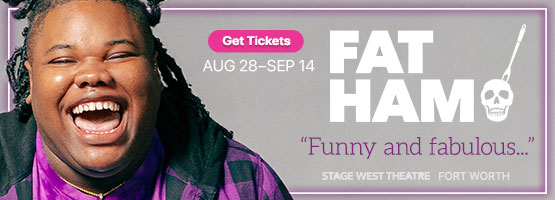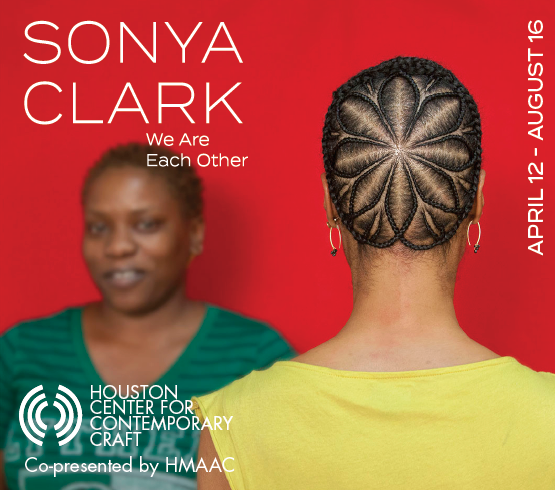Some Houston Symphony concert goers may not realize that Jones Hall, the orchestra’s home, has two balconies. Not only is the upper one barely noticeable from the main floor, but the orchestra usually doesn’t even unlock it during classical concerts, because the other levels offer more than enough seats.
The auditorium’s sprawl probably takes a toll on its acoustics, but the pandemic has revealed a silver lining: When social distancing requires that hundreds of seats remain empty to buffer listeners from one another’s exhalations, every bit of space comes in handy. The orchestra has flung open the top balcony’s doors.
The size of Jones Hall and other cities’ similar venues helps make Texas’ orchestras some of the state’s few groups that can perform nowadays to in-person audiences–albeit in setups re-engineered in hopes of thwarting the virus. After throwing out pre-pandemic plans that now don’t work, the ensembles are crafting concert programs and guest-artist rosters on the fly.
The Fort Worth Symphony will spotlight Antonín Dvořák’s melodious but unfamiliar Serenade in E major on Jan. 8-10. The same weekend, Dallas Symphony performances of Dmitri Shostakovich’s Chamber Symphony in A-flat–a supersized version of the composer’s Quartet No. 10–will show how intense a string ensemble can be. The Houston Symphony will partner with onetime prodigy, now mature artist Midori in Beethoven’s Violin Concerto on Jan. 15-17.
Arena concerts used to be the province of pop stars, but Yo-Yo Ma will invade the territory Feb. 20: The Fort Worth Symphony will stage a gala concert at Dickies Arena in order to balance the acclaimed cellist’s box-office power with the strictures of social distancing. Thanks to the copious space, that may be the only concert by any of the orchestras featuring a full-sized ensemble. The group will cut loose with Tchaikovsky’s tempestuous Symphony No. 4.
The Dallas Symphony will host French pianist Hélène Grimaud in an all-Mozart program Jan. 14-17. The Houston Symphony will launch into Beethoven’s lusty Symphony No. 8 on Jan. 29-31. The Fort Worth Symphony will pair Mozart’s Symphony No. 39 with Vivaldi’s The Four Seasons on May 11-13.
Announcing a program way out in May takes a leap of faith. For the most part, the orchestras are planning only a month or two in advance. Even in the calmest of times, a concert schedule is an intricate jigsaw puzzle–requiring artistic staffs to balance the musical diet, fit together guest artists and repertoire, and make concert dates work with everyone’s schedules. Today, the virus’ disruptions can brush the pieces aside without notice.
The Houston Symphony, Mangum says, tried in the autumn to bring music director Andrés Orozco-Estrada from his home in Austria. Airline cancellations put a stop to that.
“November was a perfect example,” Mangum recalls. “The flight itineraries kept changing–they changed five times in a week. There was no way for us to put hand to heart to say, ‘Yes we can get you here and get you home in the time windows that are available.’” The orchestra is working on bringing Orozco-Estrada during the spring.

1 ⁄7
Houston Symphony Executive Director John Mangum introducing the concert to the livestream audience before the music starts.

2 ⁄7
Houston Symphony Orchestra

3 ⁄7
Socially-distanced audience at the Houston Symphony Orchestra.

4 ⁄7
Principal Guest Conductor Robert Spano will lead the Fort Worth Symphony Orchestra in a performance of “Dance Card” by Jennifer Higdon and Dvorák’s Serenade in E Major.

5 ⁄7
Joining the Fort Worth Symphony Orchestra as the featured soloist, Violinist Stefan Jackiw will perform Prokofiev’s Second Violin Concerto.

6 ⁄7
Dallas Symphony Orchestra conductor James Conlon.

7 ⁄7
The socially-distanced audience at the Dallas Symphony Orchestra.
“We’ve got a list of the people who are interested” in performing, Mangum says. If plans with one artist fall through, “we go to that list and see who’s available.” After learning that a European conductor slated for the Houston Symphony’s mid-January concerts wouldn’t be able to make it, Mangum adds, the orchestra turned to the Fort Worth Symphony’s former leader, Miguel Harth-Bedoya–who resides in Fort Worth.
When the myriad arrangements fall into place and concert dates arrive, the audiences in the halls have a new experience. Performances typically run 75 minutes or so, without intermission–to prevent crowding in lobbies and restrooms.
Virtual tickets scannable from smartphones replace paper tickets. Phone screens deliver program notes, too. At the concert’s close, ushers signal when the people in each section of the hall get up and leave–another gambit to avoid traffic jams.
For all the pandemic’s disruption, the need to reshape nearly everything brought opportunities, too. As the Black Lives Matter demonstrations focused attention on the nation’s racial imbalances, Mangum says, orchestras that had to create new programs anyway took the opportunity to widen their musical embrace.
“This is a commitment that we’ll maintain long after the coronavirus rules are no longer in place,” Mangum says. “I hope other orchestras do that as well.”
Even with listeners spread through every level of Jones Hall, the socially-distanced seating capacity effectively tops out at only 400 or 450, Mangum says, so the orchestra’s box-office revenue is being “killed.” But the board and other donors–some of whom have increased their contributions to help take up the slack–“have stepped up to save the organization. That has been truly inspiring.”
Meanwhile, technology has brought the orchestras a new outlet in the form of streaming. Thanks to live streams and replays, the orchestras are not only reaching hometown music lovers who aren’t ready to return to the concert hall, but they’re reaching listeners far from Texas.
“We’ve had close to 12,000 households watch the live streams,” Mangum says. “They’ve been viewed in all 50 states and 33 countries at this point. Between the ticket purchases and the philanthropic contributions people make at the point of sale, they’ve produced about half a million dollars of revenue for us. This is all good news.”
Mangum expects streamed concerts, too, to outlast the pandemic. “This is all rooted in our mission. It’s critical for us to provide live musical experiences to people in our community, even if they’re delivered over virtual platforms,” he says. “That’s what we’ve been seeking in all the ways we’ve been delivering our content virtually…creating that moment when people congregate and have a shared experience.”
—STEVEN BROWN




